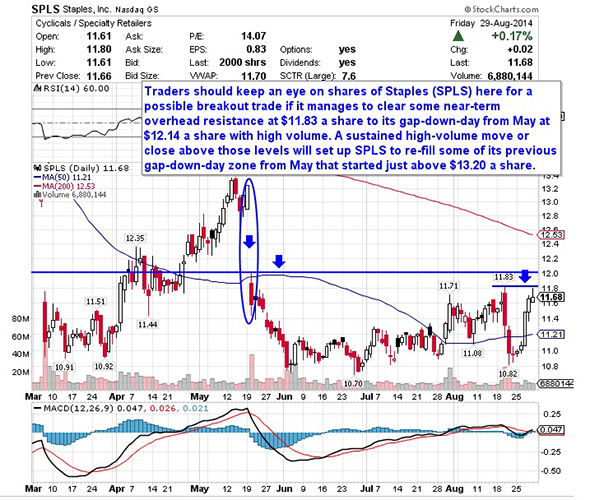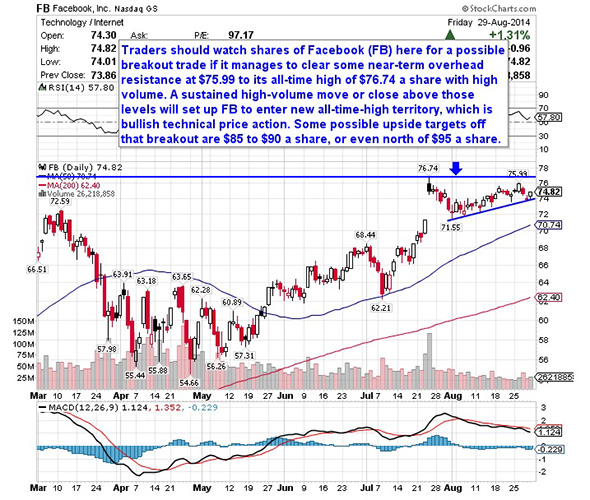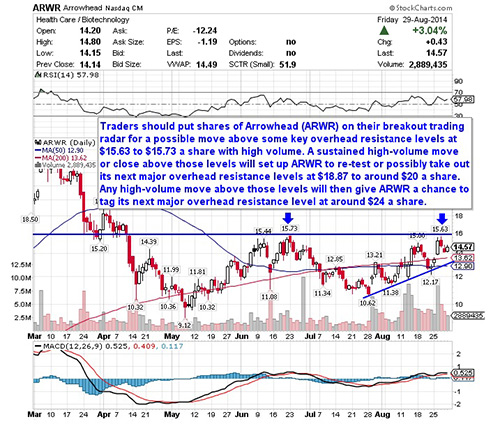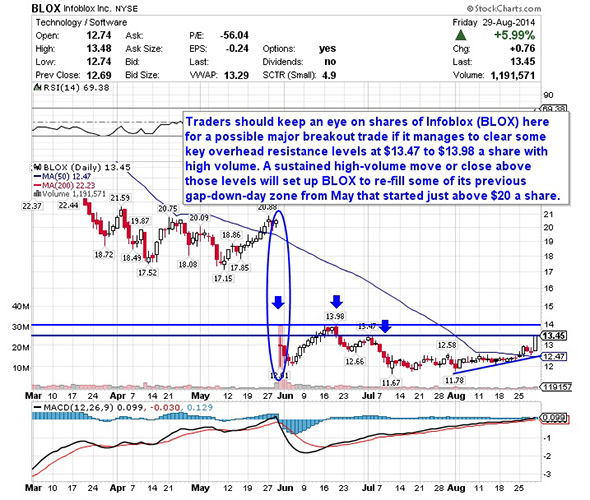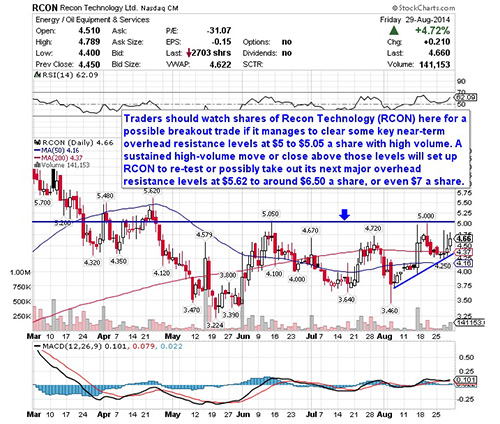Were you excited about the arrival of New Coke? Do you still have some old LaserDiscs stashed in the back of your closet?
These products that failed also happened to be among the most overhyped in history.
That's the sort of thing that keeps CEOs awake at night, because overhyped products that fail also tend to be public relations nightmares.
Predicting a failed product is not as easy as it might seem, however, since products can fail for a lot of reasons.
It could be that no one wants it, or that an unexpected fatal flaw arises, or that it's just not that good.
Each of these 11 products that flopped has a cautionary tale to tell...
11 Overhyped Products That FailedOverhyped Products That Failed No. 1: New Coke. Perhaps the most amazing product blunder of all time, The Coca-Cola Co. (NYSE: KO) launched New Coke in 1985 in response to market share losses to rival PepsiCo, Inc. (NYSE: PEP). Incredibly, the company replaced its flagship product with the new formula rather than simply adding a new beverage to the product line. Public outrage ensued, and Coca-Cola was forced to bring back the "Classic" drink just 79 days later.
Overhyped Products That Failed No. 2: The Zune. Five years after Apple Inc. (Nasdaq: AAPL) reinvented the portable music player with the iPod, Microsoft Corp. (Nasdaq: MSFT) came out with its copycat Zune player, hoping to get a piece of the action. The problem was that while the Zune was more or less as good as the iPod, it was a Johnny-come-lately product trying to crack a market that the iPod totally dominated. The iPhone and iPod Touch debuted within a year, further dooming the Zune. Microsoft was forced to give up on the product altogether in 2011.
You really have to wonder what the top executives at these companies were thinking when they gave these products the thumbs up...
Overhyped Products That Failed No. 3: The XFL. Seeing an opportunity that wasn't there, World Wrestling Entertainment, Inc. (NYSE: WWE) and NBC Universal (NYSE: CMCSA) teamed up in 2001 to create the short-lived XFL. And by short-lived, we mean one season. A reaction to the rule-heavy NFL, the XFL featured teams with violent names like the "Hitmen" and far fewer penalties. It also featured a lot of lousy players, and ratings tanked after the first week.
Overhyped Products That Failed No. 4: Newton. The period of time at Apple when Steve Jobs was in exile featured several miscues. But none was bigger than the Newton personal digital assistant. Today it looks laughably obsolete, but it was an impressive achievement back in 1993. Apple's mistake was to oversell the handwriting recognition feature, which was quite buggy. That failing ended up defining Newton, even though the handwriting recognition improved greatly over the life of the product. Jobs killed Newton upon his return in 1998, but perfected the concept a few years later with the iPhone.
Overhyped Products That Failed No. 5: The Edsel. Along with New Coke, Ford Motor Co.'s (NYSE: F) Edsel is a legend among product failures. Ford invested heavily in the auto's development, but the car, introduced in 1957 with much fanfare, failed to deliver on any level. Customers were unimpressed with the styling, and the pricing positioned the Edsel confusingly between existing Ford and Mercury models. Sales were abysmal, and Ford discontinued the car in 1960.
Overhyped Products That Failed No. 6: Windows Vista. Despite its dominance of the PC operating system market, Microsoft has had a rocky history with updates. Vista arrived five years after the popular Windows XP, and soon had users crying foul. It was buggy and slow, and its emphasis on improved security had the side effect of disabling a lot of older hardware and software. Many people who bought and installed Vista hated it so much they downgraded back to XP. Fortunately for Microsoft, Windows 7, released in 2009, got a much better reception.
Overhyped Products That Failed No. 7: Olestra. Discovered by researchers at The Procter & Gamble Co. (NYSE: PG) in 1968, the fat substitute Olestra was approved by the Food and Drug Administration in 1996 for use in snack foods. Two years later Frito-Lay launched its "WOW" line of chips, with a marketing campaign boasting of a fat-free chip. There was just one problem: Olestra does not get along particularly well with the human digestive system. Wrote Fast Company: "Sadly, the result was similar to that of a laxative - stomach cramps and diarrhea prevailed." Comedians pounced, as did the media, and sales plummeted. WOW chips were pulled from store shelves, but Olestra survived. After some tweaking in the lab, it lives on as Olean in several of Frito-Lay's "Light" versions of its chips.
Overhyped Products That Failed No. 8: Google Glass. Some might say it's too early to declare Google Inc.'s (Nasdaq: GOOG, GOOGL) best-known wearable tech product as a failure, but it's hard to see Google Glass recovering from the backlash it got when it debuted. Not only are people reluctant to wear the product because of how nerdy it makes them look, but anxiety over the device's camera has led to harassment of several Glass wearers. Apart from its questionable fashion sense, Google has never made it clear why anyone should shell out $1,500 for this thing.
Overhyped Products That Failed No. 9: Smokeless Cigarettes. Concern over the health hazards from cigarette smoking led R.J. Reynolds (NYSE: RAI) to invest $325 million in the1980s to create a breakthrough product - a smokeless cigarette dubbed "Premier." Instead of burning the tobacco, it simply heated it. That got rid of 70% of the carbon monoxide and all of the tar, but with one unfortunate consequence: Premier tasted awful and "smelled like burning garbage," according to Advertising Age. Within four months of its debut in 1989, Premier was history.
Overhyped Products That Failed No. 10: LaserDiscs. Before DVDs and Blu-Ray there were LaserDisks, a digital format for video as big as an old vinyl LP. They launched in 1978, just two years after the venerable VCR, but offered much better quality. But LaserDiscs were also a lot more expensive, and the movie studios released fewer films in the format than for VHS. On top of all that, there was no way for users to record their own. By the late 1990s, the format was fading, to be killed off for good by the arrival of DVDs.
Overhyped Products That Failed No. 11: Arch Deluxe Burger.
When you think of McDonald's Corp. (NYSE: MCD), you think of an upscale clientele, right? Hmmm... maybe not. But that was the demographic the fast food giant targeted with its Arch Deluxe burger in 1996. And McDonald's spent a staggering $100 million to promote it. Unfortunately, it was expensive and, at 610 calories, not very healthy. But the worst sin was that it wasn't all that tasty. McDonald's gradually phased out the ill-conceived burger.Follow me on Twitter @DavidGZeiler.
UP NEXT: While Apple has had its miscues over the years, it has managed to live up to the hype more often than not. Case in point: The iPhone 6. After months of hype, the latest iPhone sold a record-breaking 10 million units in is first weekend. But this success story is only just getting started...
